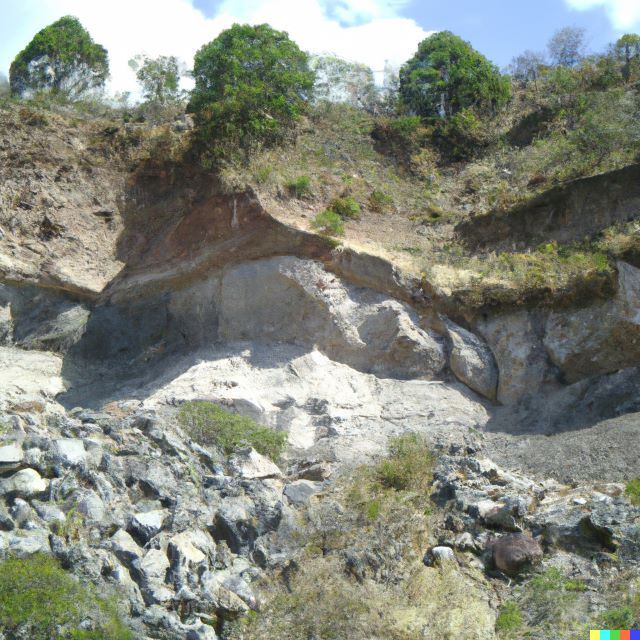Tectonic Processes and their Impact on the Geography of Mexico
Discover how tectonic processes have shaped the geography of Mexico, including its mountains, faults, and magmatic features. Learn about the unique position of Mexico as the only country with all three types of plate boundaries.





